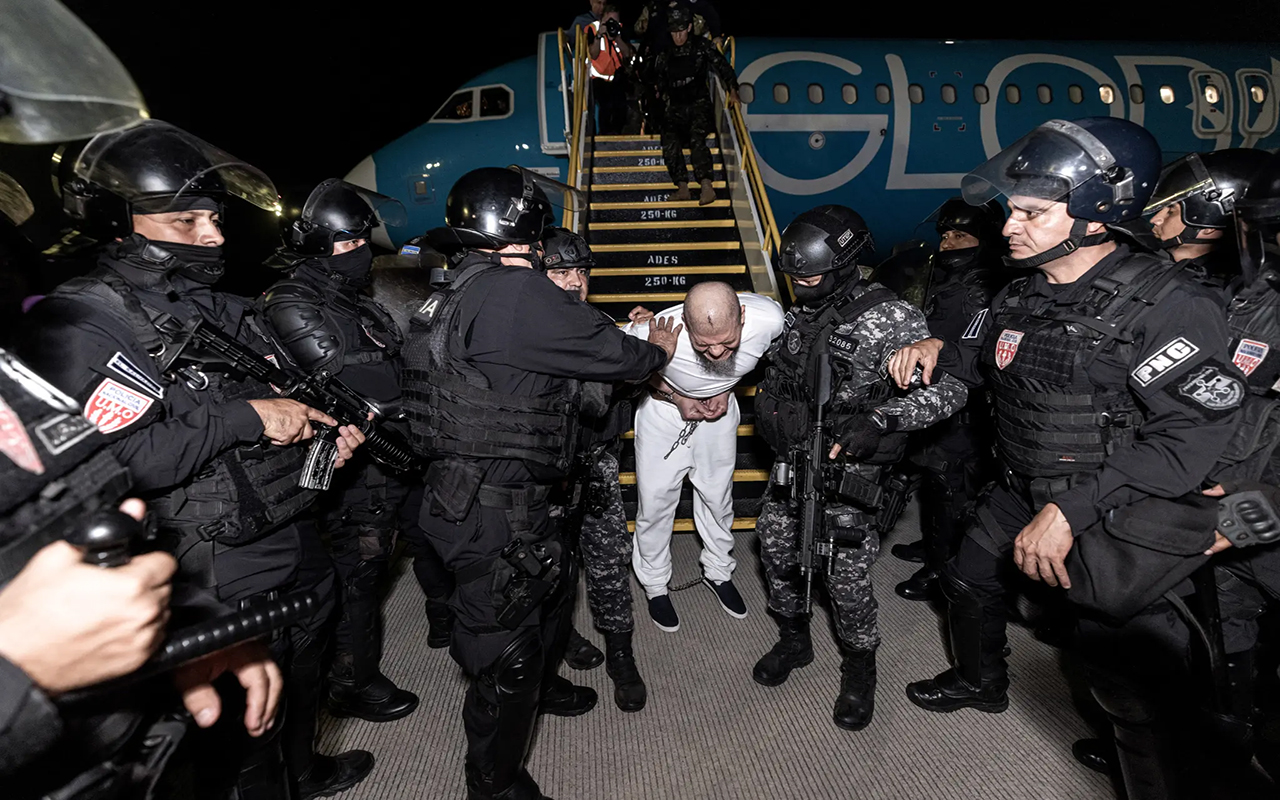
FEMA admits failure in Puerto Rico: Top 5 takeaways from new report
The agency's internal report details what went wrong in how FEMA responded to Hurricane Maria in Puerto Rico.
According to an internal assessment released on July 12, the Federal Emergency Management Agency (FEMA) was unprepared to address a disaster in Puerto Rico of the magnitude of Hurricane Maria.
RELATED CONTENT
The report, which examines the agency’s response to the 2017 hurricane season, confirms many of the criticisms that the mayor of San Juan, Carmen Yulin Cruz, and many others both on and off the island have leveled against the federal government in the aftermath of the island's worst natural disaster of the past century. The report from FEMA reveals that in the agency’s response in Puerto Rico, where 100 percent of the island's population of 3.8 million people were affected by Maria, there were “severe personnel shortages, difficulties coordinating relief logistics, a lack of basic aid supplies, and a lack of local preparation, among other shortcomings,” reported Buzzfeed.
- The agency was prepared for one, not two, hurricanes in the Caribbean area, a thousand miles away from the continental U.S. To compound the overall lack of an adequate plan and information sources, FEMA’s response to Hurricane Maria’s landfall on the island on Sept. 20, 2017, was compromised by the fact that their warehouse of emergency supplies in Puerto Rico had been nearly emptied as the agency rushed to aid the U.S. Virgin Islands after they were hit by Hurricane Irma on Sept. 7. That left the warehouse of FEMA supplies in Puerto Rico essentially barren, with 90 percent of the food and water supplies depleted and not a single tarp or cot left in the lead-up to what would be the island's worst natural disaster in recent history.
- FEMA's response to Hurricane Maria represents the longest continued food and water relief mission in the agency's history. However, the delivery of food and emergency relief suppliers were severely compromised in the immediate aftermath of Hurricane Maria's landfall, as the first shipment of food and water supplies didn't reach the island until several days after the storm. The delays and difficulty in distributing supplies was in part due to a lack of knowledge of the island's infrastructure and damage to the infrastructure inflicted by the hurricane itself, as well as an inability to connect with and get information from local officials and leaders in more rural, isolated communities with 95 percent of the island's cell towers down, and a limited number of satellite phones available for distribution.
- The disaster is not yet over. On the island, there are still an estimated 2,000 customers without power. On the mainland, many Puerto Rican evacuees continue to push to extend the deadline for housing vouchers from FEMA provided through the Transitional Sheltering Assistance (TSA) program, which is currently set to expire for victims of Maria on July 23 after a federal judge granted the fifth extension of the program on July 3. Many families still have nowhere to go and have not been able to rebuild their homes back on the island. However, ten months after the disaster aid is still being allocated for the island, as on Monday FEMA gave an additional $140 million in aid to the Puerto Rican government, bringing the total amount of federal aid provided to Puerto Rico following Hurricane Maria to $2.6 billion.
- The 2017 hurricane season was the worst in U.S. history. Combined, Hurricanes Maria, Harvey, and Irma caused over $265 billion in damages, and nearly 5 million people applied for individual federal disaster assistance.
- FEMA might not be better in the future — and we have to plan accordingly. In the report, the agency stated that “the work of emergency management does not belong just to FEMA. It is the responsibility of the whole community, federal, SLTT [state, local, tribal and territorial governments], private sector partners, and private citizens to build collective capacity and prepare for the disasters we will inevitably face.” While it has always been true that government and the public and private sectors must cooperate in disaster relief efforts, the agency’s emphasis on the role of other partners in disaster relief is part and parcel of the report’s overall acknowledgement of the glaring limits to FEMA’s capacity to address disasters like that of Hurricane Maria in Puerto Rico.










LEAVE A COMMENT: